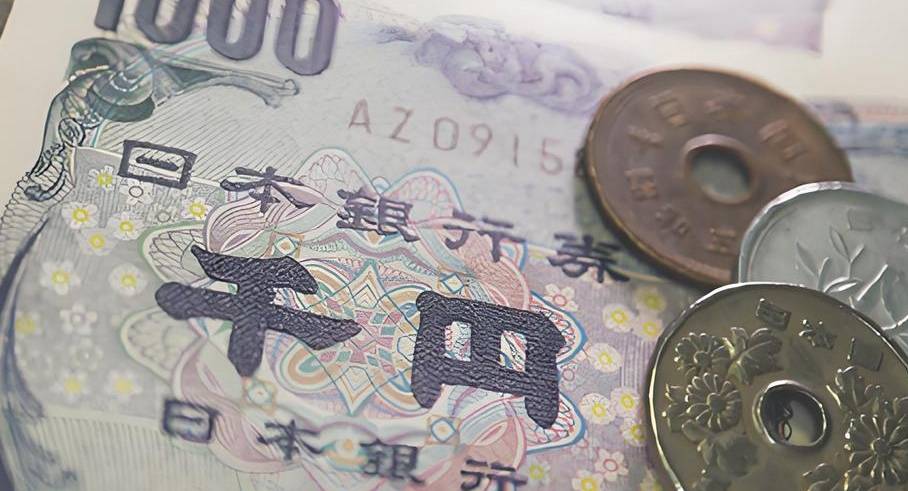- Financial Policy
- December 2, 2024
- Comments(468)
Yen's Wild Ride: Analyzing Golden Week Volatility
Advertisements
The Golden Week in Japan is not just a festive time for leisure and travel; it also represents a critical junction for the nation’s economic health and its currency, the Japanese yen. As the country navigates unprecedented challenges — from the global economic landscape shaped by the pandemic to ongoing geopolitical tensions — the fluctuations in the yen's value reveal much about Japan's monetary policy strategies and their implications.
Recent fluctuations in the forex market have raised eyebrows. The yen, which once dipped dramatically below 160 against the US dollar, saw a striking resurgence on May 3, rebounding to 152.75, marking a noteworthy 3.5% hike within just a week — the highest weekly increase in over 17 months. This sudden ascent raises crucial questions: what factors propelled the yen back up? And what strategies are the Bank of Japan (BoJ) and the government employing in response?
Recent communications from the BoJ hinted at fiscal pressures that might impact the current account, projected to drop by 4.36 trillion yen by May 7. The reference to fiscal factors underscored the tenuous balance the central bank is addressing as it attempts to stabilize the currency against market volatility.
Market analysts speculate that the central bank may have intervened three times over the past weeks to curb the yen's decline. Intervention generally involves the central bank actively buying or selling currencies to influence exchange rates, and Japanese officials are historically discreet about these maneuvers. Data indicates a potential intervention worth 5.5 trillion yen on April 29, which led to a swift climb of the yen’s value from 157.58 to 153.04 just minutes later. This led to rampant speculation among traders about government activity in the forex market.
Another supposed intervention on May 2 involved about 3.5 trillion yen but did not maintain the yen's momentum; it saw further declines that nearly undid the positive effects of the prior actions. Yet, subsequent intervention on May 3 succeeded in lowering the USD/JPY exchange rate below 153, retracing some of the earlier losses. These series of moves reflect a precarious attempt to manage the yen amidst a broader context of currency market turbulence.
This marks a critical moment for Japanese monetary policy; the last substantial intervention occurred in 2022 when the Finance Ministry spent around 9.2 trillion yen to bolster the currency, which had weakened significantly at that time. Such large-scale interventions have historically led to immediate improvements in exchange rates; in that instance, the yen recovered from about 151 to 127 in a matter of months. However, as the economic environment evolves, so too do the limitations and efficacy of these interventions.

Despite all efforts from the BoJ and government officials, there is a persistent acknowledgment that these measures can only offer temporary relief. Experts assert that even with significant forex reserve capabilities, the sheer scale and activity levels of the forex market make long-term success elusive. As Japan presses on with policies traditionally framed around Abenomics, which prominently featured yen depreciation to stimulate exports, the prospects of sustaining a strong yen face systemic challenges.
Opinions diverge on the effectiveness of government intervention. Analysts from various sectors highlight the necessity for Japan's strategic positioning in international markets, essentially arguing that a weaker yen fuels export growth. Companies with substantial international sales are poised to gain directly from favorable exchange rates that enhance competitiveness abroad. Such strategic interests influence the ongoing debate on interventionist policies; while its initiation signals a readiness to defend the currency, it may further entrench pressures aligned with a run of yen depreciation.
Koji Fukaya, a researcher from a Tokyo risk consultancy firm, articulates that the government strategy conveys a cautionary note — signaling to markets that unchecked descent of the yen won’t be tolerated. Yet this is where the reality check sets in; public sentiment alongside market understanding realizes that currency depreciation may still be an inevitable consequence moving forward.
The complexities of Japan’s foreign exchange reserves are noteworthy. Reports show a significant portion—approximately 9,940 billion USD in securities and a further 1,550 billion in deposits—available at the BoJ. While theoretically capable of extensive currency market intervention, practical constraints remain formidable. Regional commitments within the G7 to limit intervention mean that such moves are likely meant for deterring extreme volatility rather than embarking on long-standing trading strategies.
Keenly observed by the international financial community, former US Treasury Secretary Janet Yellen advised caution regarding forex interventions, positing that while it's a method for countries to navigate diverse economic paths, it should be used sparingly. The delicate nature of foreign exchange agreements necessitates foresight and careful deliberation before acting.
As the economic landscape remains in flux, voices like that of former Treasury Secretary Larry Summers echo concerns that currency interventions like those attempted by Japan are often inefficient. Realigning currency values in a market as vast as the forex market may lead to returns that are both fleeting and ultimately unstable. The crucial question is whether Japan has the fortitude to stand firm against external pressures while pursuing its own economic recovery, especially as interventions appear to become increasingly difficult with every passing month.
The discourse around the yen's trajectory underscores broader implications for Japan's economy, grappling with structural challenges that include growth stagnation, an aging population, and escalating inflationary pressures. The nuances of foreign exchange rate management extend beyond immediate trading strategies; they necessitate long-term vision and cohesive policies adaptable to evolving domestic and global contexts. As such, observers will continue to monitor Japan's next moves in this complex balance of intervention, policy direction, and market expectations.